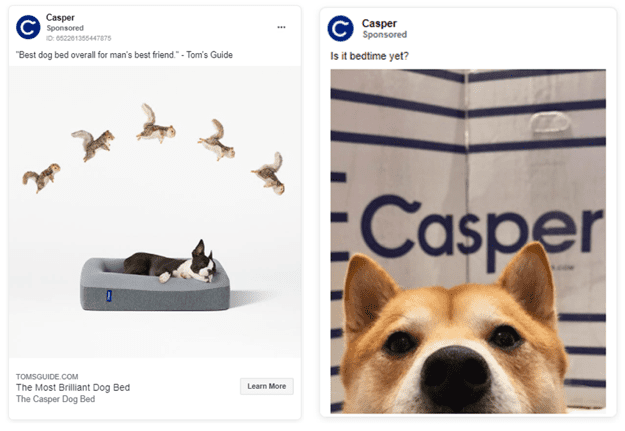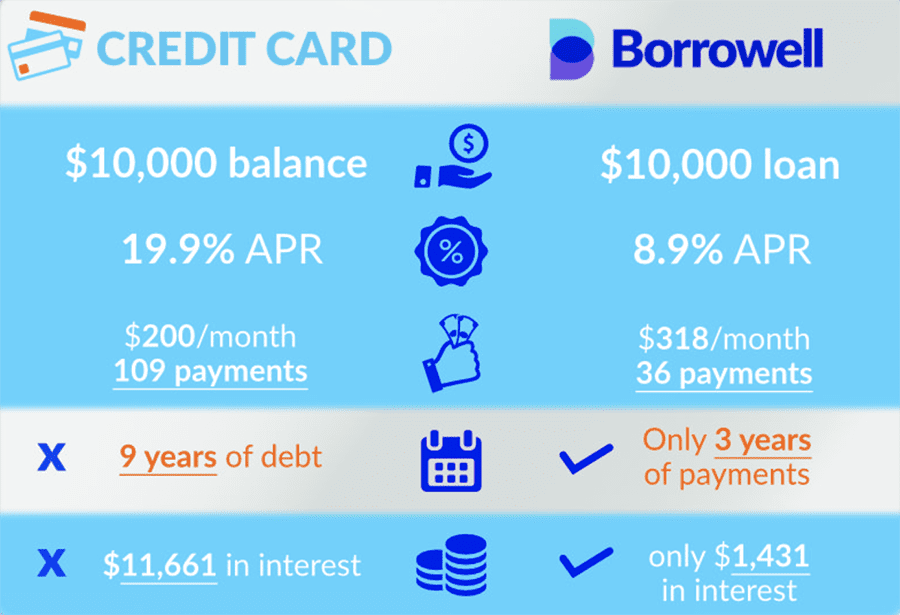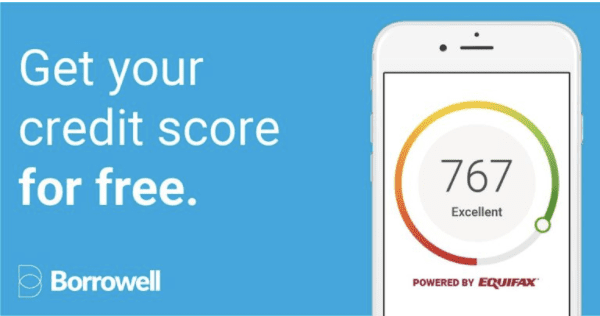Create winning social content and ads
Third in a five-part series on social media marketing for startups. The previous part explores how to create performance campaigns.
When we launched Abacus about five years ago, we were hyper-focused on being the best performance agency when it came to Facebook and Instagram advertising. We built a team of ad ops and strategy experts, and we worked with clients big and small, helping them grow efficiently through social ads.
About 18 months into our journey, we had a moment of truth when we realized that the biggest leverage a marketer has on social is creative, not media optimization. Much of the creative we were receiving at the time wasn’t suitable for social; it was more an afterthought or resizing of creative from another channel.
We came to two conclusions:
- You can’t optimize bad creative.
- Good social creative can actually be a silver bullet.
We built a creative team from the ground up, focusing on designing the best mobile-first creative around. We catered to clients who realized that they need constant, high-quality, social-first video content for a number of different target groups, and not just a “hero” piece. Our guiding light at the time was a creative asset ratio of 70/20/10 between bite-sized content, interactive content and long-form content.
If you follow the guiding concepts below, you’ll be well on your way to creating social content and ads that will drive growth.
Forget everything you know
With television ads still leading the way, it’s no wonder many creative teams are struggling to meet the needs of the always-on nature of social. It’s not a change of ad format as much as it’s about the death of the captive audience. Consumers are no longer accustomed to sitting through six 30-second commercials, so marketers must find inventive new ways to engage an audience throughout the whole ad.
Social ads are closer to an out-of-home ad or a print magazine ad. You’re driving by or flipping through, and if the ad doesn’t pique your curiosity, you’ll flip past and likely not return.
On social and on mobile, people are constantly scrolling and only slowing their scroll enough to glimpse the content and decide when to stop. If they scroll too fast past the ad, they might not even be able to return to it.
To be good at social and mobile advertising, forget everything you know about old-school channel advertising.
Figure out the context first
It’s critical that you use empathy to put yourself into the shoes of your customer, both from a content and a consumer behaviour standpoint.
How is your consumer going to interact with the ad?
If they’re at a movie theatre and will be sitting through a number of ads, your creative can be longer form and focus on slower storytelling techniques.


If they’re at a basketball game and your ad is very wide, you can use your understanding of the environment to create incredible contextual creative.


If your consumer is on their phone and scrolling Instagram, your context is fast paced, ephemeral and attention seeking, demanding great bite-sized ads.


Understanding the context is critical to developing good strategy and producing good creative.
Understand the structure
Remember when we talked about captive audiences? If you’re watching a hockey game on TV and the commercial break comes, you’re likely to sit through a number of 30-second ads (albeit with your phone in your hands, and this doesn’t even consider all that streaming we’re doing).
On social (which is mainly on mobile), you have approximately one second to convince someone to stop their scroll and investigate your content. You have approximately three seconds to hook them in. You have about five seconds to tell your story, and by eight seconds, most people are gone.
At the end of the day, your biggest challenge is to use the first few seconds of your ad to get people to stop scrolling and pay attention. To really get this right requires a different type of art and science. Old-style storytelling purposely started slow, then climaxed at 25 seconds, finally ending with the brand reveal. Modern content needs to be the opposite.
You can see how great advertisers understand this change inherently: for example, the YouTube ad that ends after five seconds and isn’t trying to convince you to watch another 25 seconds; the Instagram ad that starts with the branding instead of ending with it, so even digital passersby will pick up the brand impression; or the multi-channel marketer who uses audio branding in the first second to tell the world up front that it’s their ad.
You need to be social on social
It was pointed out to me recently that consumers now have access to every movie, book, song, TV show and podcast ever created, basically for free. That’s the competition for your content, not your competitors’ content – literally everything else out there!
As such, when you think about social creative, you need to consider what your audience would like to discover on Facebook or Instagram. This will likely differ from what you were planning to show them.
Consumers like ads that offer value – ads that are funny, interesting, curious, sad, interactive, shareable or comment-able, or worthy of tagging friends or reposting, or give them free stuff or discounts, make them mad or entice them to download something.
What they didn’t log on to Facebook to do was learn about interest rates, buy a monthly juice subscription, join a gym, take an online course, buy sunglasses or check their insurance.
So if you need a consumer to do one of the second group of things, you need to figure out how to do it in a social way.
When I worked at Borrowell, we offered people unsecured loans online. Our ads usually featured details about our rates and terms, among other information.


When Borrowell became the first company in Canada to offer Canadians their Equifax credit score for free, the ads immediately became more social because they offered the user value and interactivity — a perfect way to get them scrolling and keep them scrolling.


As a result, Borrowell found it was more efficient from a marketing standpoint to push free credit scores than to offer people loans.
To excel on social, your content must be social. If you’re thinking about taking your mass media strategy to social, go back to square one and re-evaluate everything you think you know.
Test everything, all the time
With digital and especially social, you need to be testing new content and new ads all the time. Even when your campaigns are doing well, you must be proactively testing new campaigns in anticipation of the incumbent’s eventual performance decline. Test different big ideas before narrowing down to one and testing different versions.
Statistically speaking, chances are you’re wrong. The idea you thought might be the best? The creative you thought couldn’t miss? The perfect consumer insight? It might all be wrong. So you need to test a lot of different creative to find out what works for which audiences and how long those results will remain effective.
The only way to excel at testing is to make it part of your culture and workflow. Since only one or two out of 10 experiments typically yield statistically significant results, you need a process that makes experimentation part of your normal marketing cycle. Some advertisers find it easier to dedicate a percentage of their budget to research and development to ensure they always have the resources to test new ideas.
The rules of the game have changed, and they’ll never be the same again
The marketers who accept this the quickest will be next year’s winners. The ones who don’t will be forced from the market by those who do.
Understanding the differences between channels and creating channel-specific content is the way to ensure you’re getting the most out of each channel and not marketing to a lowest common denominator.
Further resources
- A/B testing: Tips from a growth marketing pro (MaRS article)
- Three tenets of effective digital storytelling (MaRS article)
- Assessing the right fit: Picking a creative partner for your startup (MaRS article)


